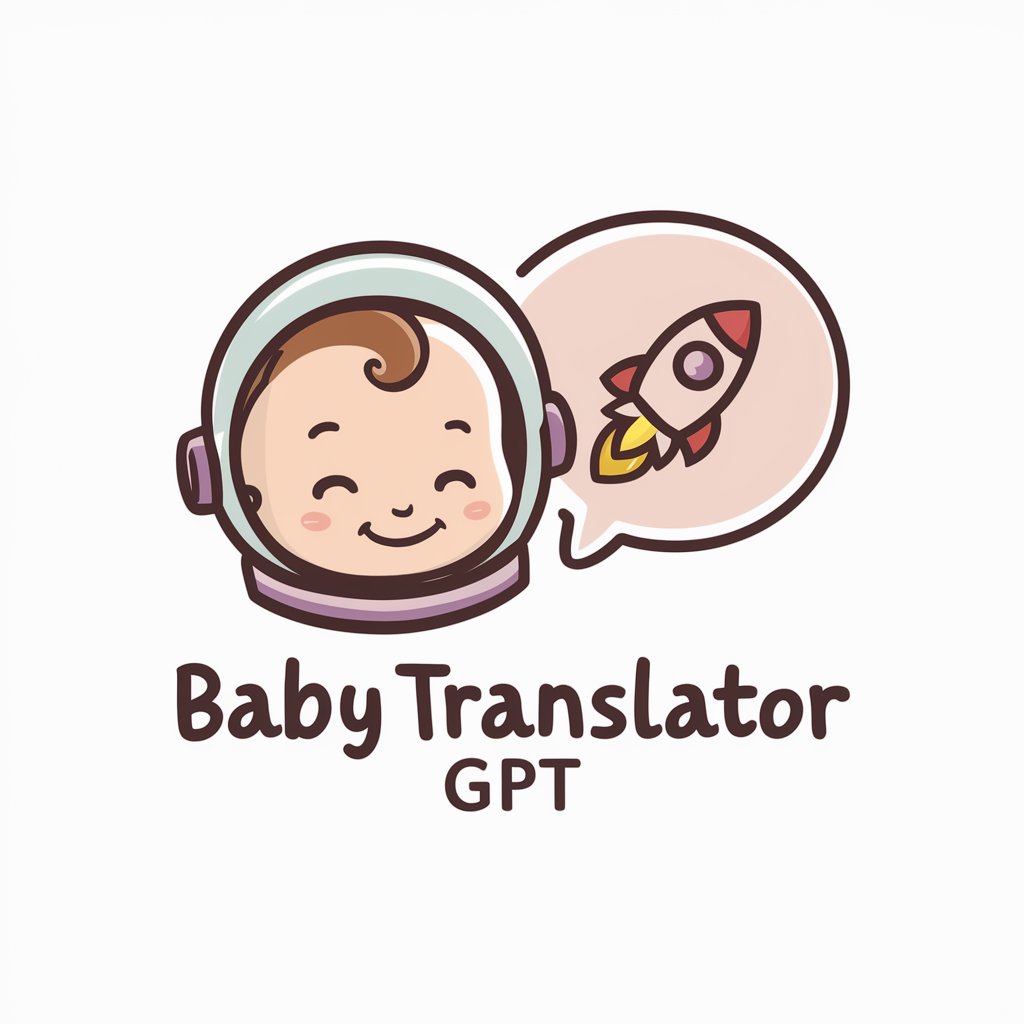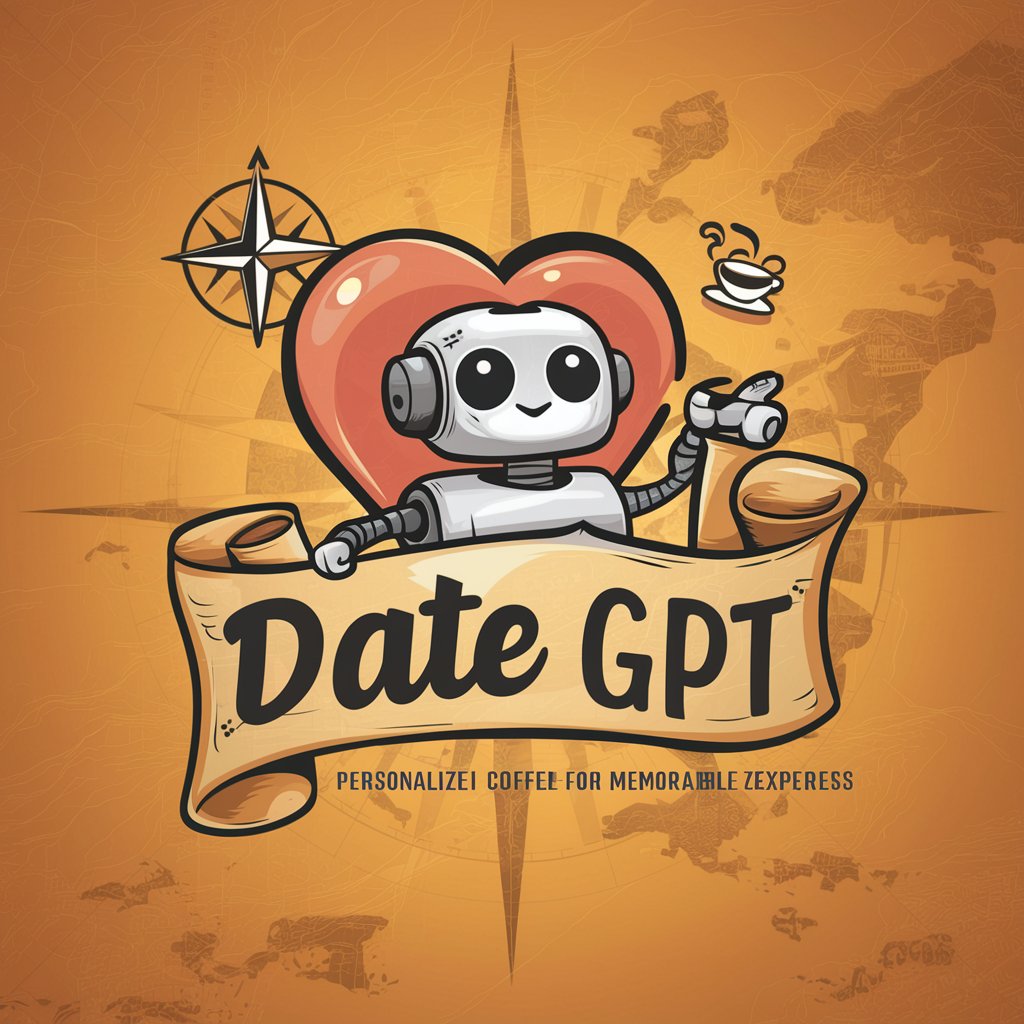
GPT's - AI Text Generation
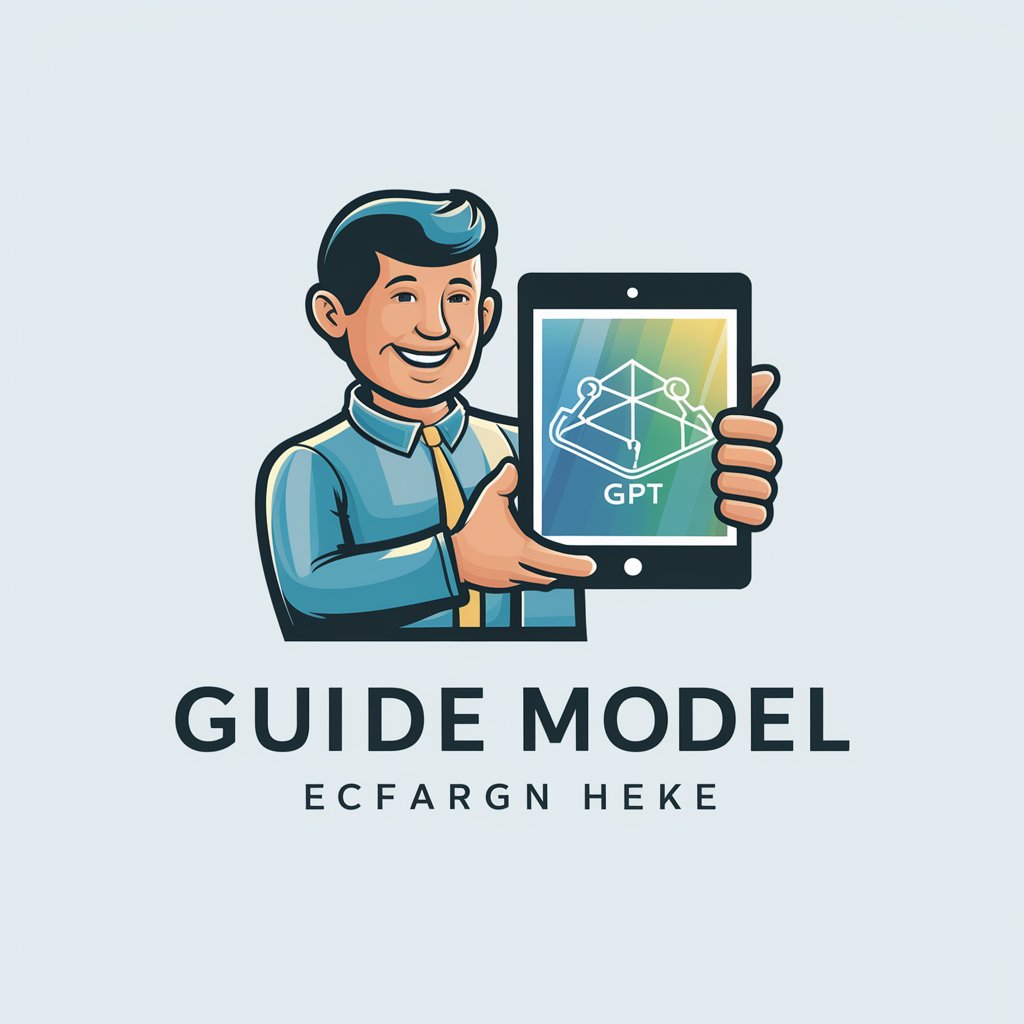
Hi there! Need help with GPT models? I'm here to guide you!
Empowering creativity with AI
What are the key considerations for building a GPT?
How can I identify the best GPT model for my business?
Can you explain the functionalities of different GPTs?
What is the process of developing a GPT?
Get Embed Code
Introduction to GPT's
GPT's, short for Generative Pre-trained Transformers, are advanced AI models designed to understand, generate, and process human-like text based on the input they receive. The core purpose of GPT's is to facilitate a wide range of language-based tasks, including but not limited to, conversation, content creation, summarization, translation, and answering questions. They achieve this through a deep understanding of language patterns and context, learned from vast amounts of text data. For example, when provided with a prompt like 'Write a poem about the sea,' a GPT can generate a creative and contextually relevant piece of poetry. Similarly, in a scenario where a user asks for a summary of a long article, GPT's can condense the information into a concise and informative summary, showcasing their ability to interpret and synthesize information effectively. Powered by ChatGPT-4o。

Main Functions of GPT's
Conversational Agents
Example
Virtual customer support agents
Scenario
Businesses deploy GPT-powered chatbots on their websites to provide instant, 24/7 customer service, answering inquiries, solving problems, and improving user experience without human intervention.
Content Creation
Example
Generating articles, reports, and creative writing
Scenario
Content creators and marketers use GPT's to generate high-quality, original content on specific topics, reducing the time and effort required for content research and creation.
Language Translation
Example
Real-time language translation services
Scenario
GPT's enable instant translation between languages with high accuracy, making it easier for individuals and businesses to communicate across language barriers without the need for human translators.
Educational Tools
Example
Tutoring and personalized learning experiences
Scenario
Educators and e-learning platforms integrate GPT's to provide personalized learning experiences, offering students tailored explanations, study aids, and practice questions based on their learning pace and style.
Data Analysis and Summarization
Example
Summarizing research papers and reports
Scenario
Researchers and professionals use GPT's to quickly summarize lengthy documents, extracting key insights and information, which facilitates faster decision-making and knowledge acquisition.
Ideal Users of GPT's Services
Businesses and Entrepreneurs
Businesses can leverage GPT's for enhancing customer support through chatbots, generating marketing content, and analyzing consumer feedback. Entrepreneurs can use GPT's to brainstorm ideas, create business plans, and draft pitches.
Content Creators and Marketers
This group benefits from GPT's ability to generate creative and engaging content, including articles, blogs, and social media posts, helping them to maintain a consistent online presence and engage their audience.
Educators and Students
Educators can integrate GPT's into their teaching methods to provide personalized learning experiences, while students can use them for research, writing assistance, and learning new concepts in an interactive manner.
Researchers and Analysts
GPT's serve researchers and analysts by offering tools for data analysis, summarization of lengthy documents, and the generation of reports, enabling more efficient research processes and insight generation.
Developers and Technologists
This group uses GPT's to automate coding tasks, debug code, generate documentation, and explore new technologies through conversational interfaces, enhancing productivity and innovation.

How to Use GPT's: A Step-by-Step Guide
Start Your Journey
Initiate your experience by visiting yeschat.ai to explore GPT capabilities through a free trial, without the need for login or subscribing to ChatGPT Plus.
Identify Your Needs
Consider what you need from GPT: whether it's generating text, answering questions, or creating content. Knowing your requirements will help tailor your experience.
Experiment with Prompts
Interact with the GPT by inputting diverse prompts. This could range from asking specific questions to requesting the generation of creative content. The quality of your input significantly influences the output.
Refine Your Queries
Use feedback loops to refine your questions or prompts based on the responses you receive. This iterative process enhances the relevance and accuracy of the GPT's outputs.
Apply Ethically
Always use GPT outputs responsibly, especially in sensitive areas like academic work, professional content, or personal advice. Cite appropriately and consider the ethical implications.
Try other advanced and practical GPTs
Alexa Cyrene
Empowering Unity with AI Insights

Jira Issue Assistant
AI-powered Jira Project Assistance

Web Report Analyst
Transforming web content into actionable insights.
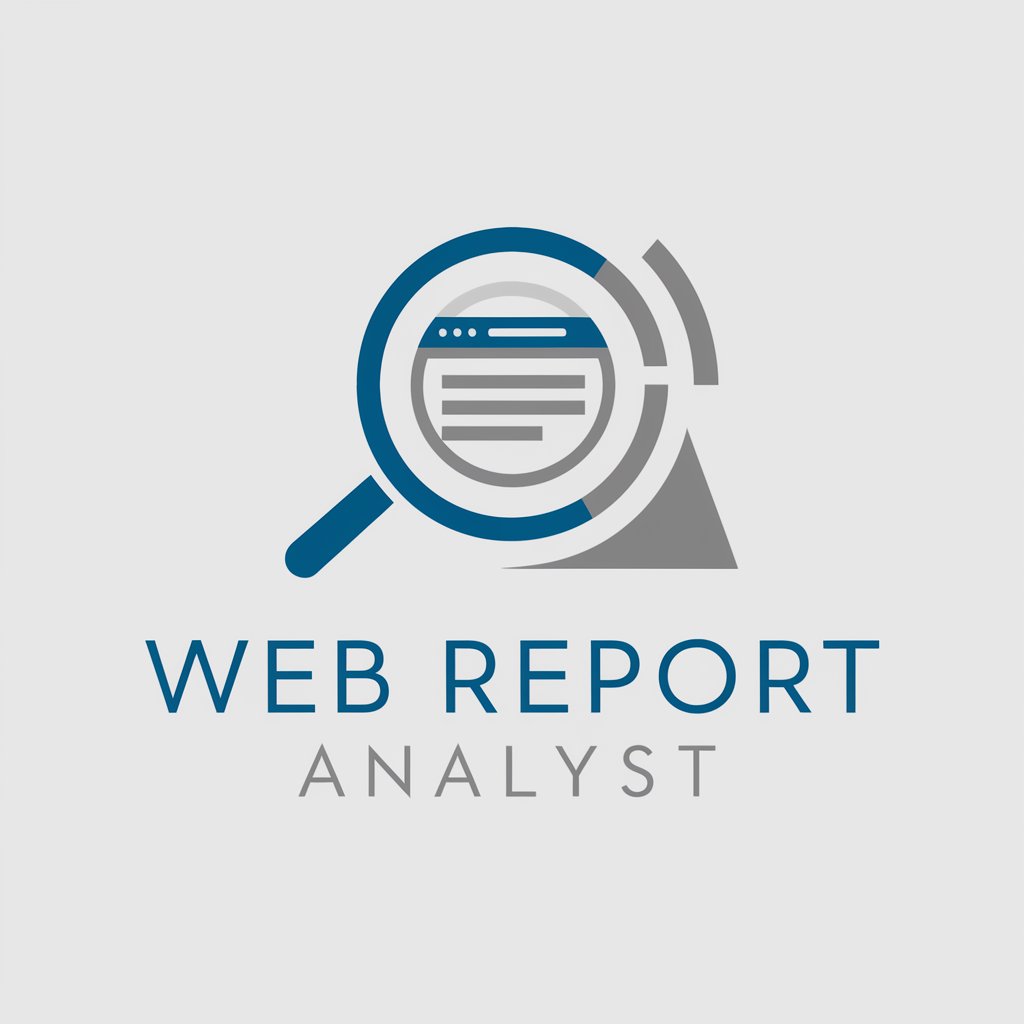
Académie du Bricolage
Empowering your DIY projects with AI

God's C#
Elevate your code with divine C# wisdom.

英文問題作成キャッツ
Empowering Language Mastery with AI
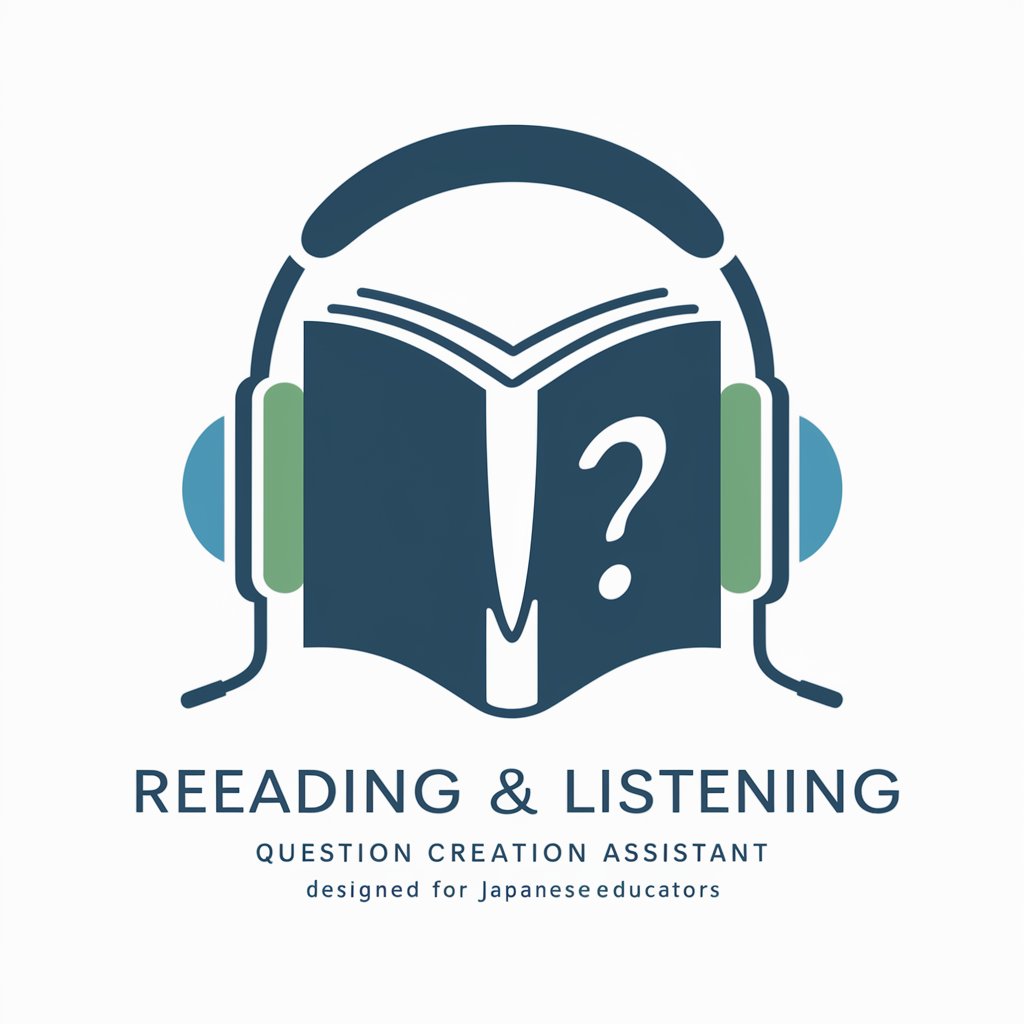
RegexGPT
AI-powered regex pattern crafting and testing

Awesome Visual QR Code Generator
Enhance Engagement with AI-Powered QR Codes

Mentor de Apps
Empowering Children's App Development with AI
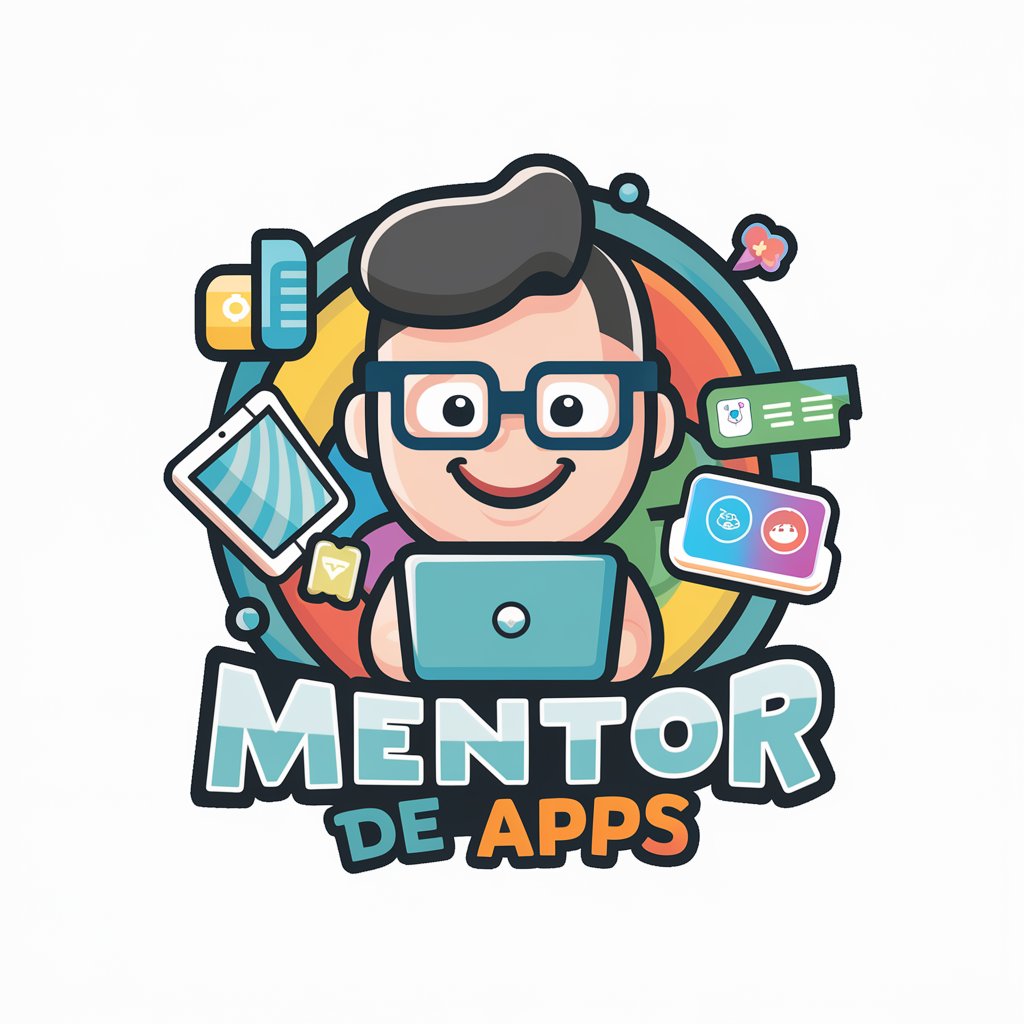
Friendship Building
Empowering friendships with AI.

Kailili - Guida Spirituale per Guaritori
Empower Your Healing with AI Insight

SubjectGenius GPT
Craft Captivating Email Subjects with AI
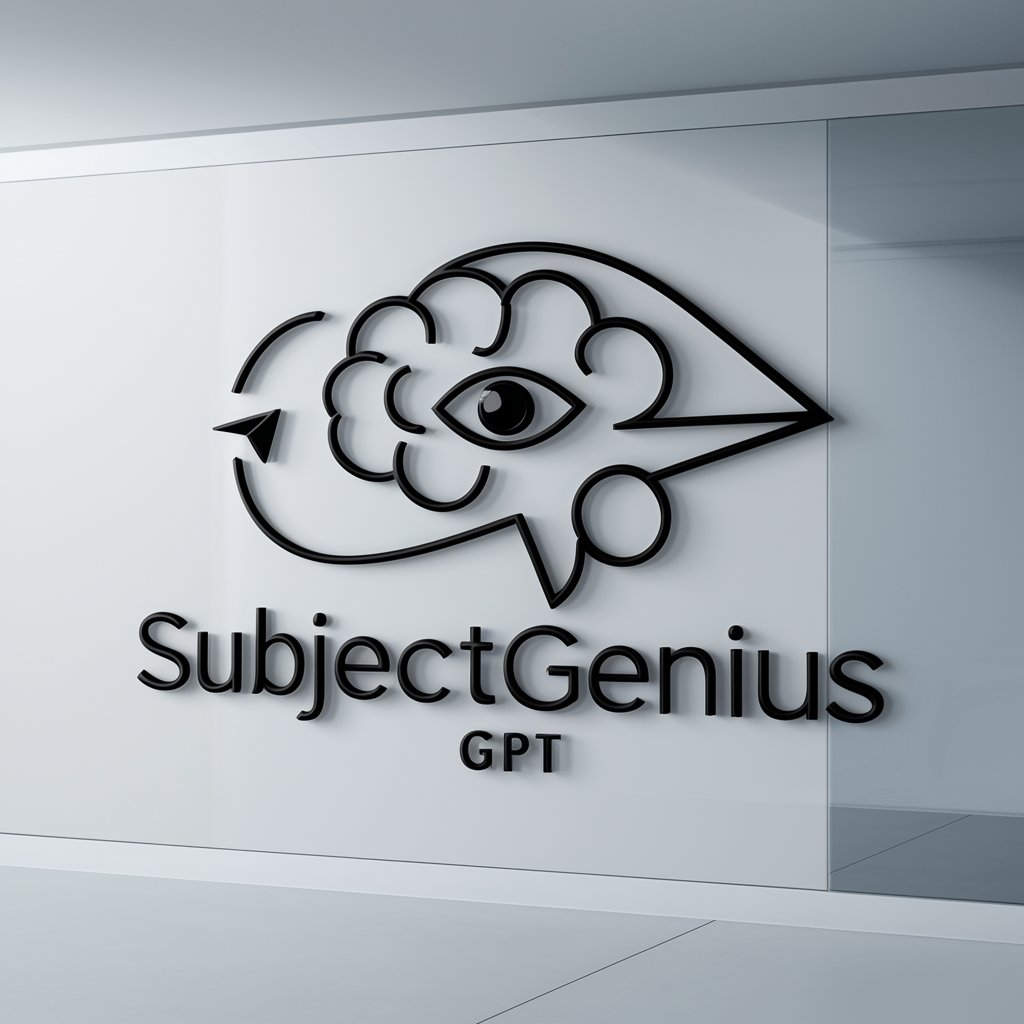
Frequently Asked Questions About GPT's
What exactly is a GPT?
GPT, or Generative Pre-trained Transformer, is an artificial intelligence model designed for understanding and generating human-like text based on the input it receives.
How can GPT's be customized for specific needs?
GPT's can be customized through fine-tuning, where the model is trained on a specific dataset relevant to the desired task or industry, enhancing its performance for particular applications.
What are the limitations of GPT's?
GPT's may struggle with understanding context in complex conversations, generating accurate information without verification, and occasionally producing biased or insensitive content.
Can GPT's generate original content?
Yes, GPT's can generate original content by synthesizing information from its training data, though the uniqueness and creativity depend on the input provided.
How do updates affect GPT functionality?
Updates to GPT models generally improve their understanding, reduce biases, enhance safety features, and expand their knowledge base, leading to more accurate and reliable outputs.



